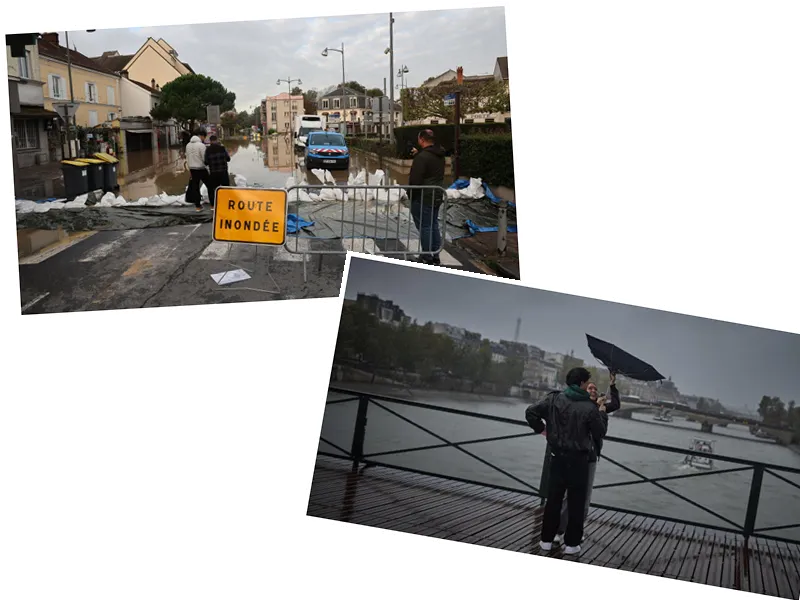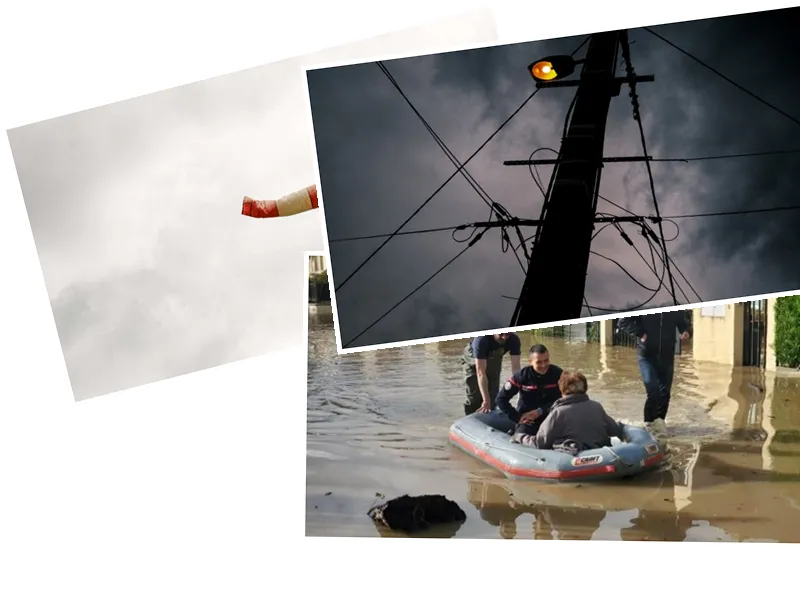Severe Flooding Paralyzes Southern Germany: One Dead, Thousands Evacuated
Severe flooding in southern Germany, particularly in ** Bavaria and Baden-Württemberg**, has drastically worsened, causing widespread disruptions and dangers. The region has been besieged by heavy downpours and rising water levels since Friday, resulting in one fatality and multiple evacuations. The relentless rains have forced thousands to flee their homes, with emergency services working around the clock to ensure safety.
Chancellor Olaf Scholz, along with German Interior Minister Nancy Faeser and Bavarian regional government head Markus Söder, is scheduled to visit the affected territories to assess the situation. The German Weather Service (DWD) has issued the highest severe weather warning level for several districts in Bavaria, signaling that the worst may still be on the horizon.
The situation in several municipalities is dire, with streets flooded, houses submerged, and communities without power. Authorities have declared states of disaster in multiple areas, with predictions of possibly experiencing a once-in-a-century flood. In particular, the regions around Augsburg, Pfaffenhofen, and parts of Upper Bavaria have been critically impacted.
In Pfaffenhofen, a dam burst led to the evacuation of up to 800 residents. Tragically, a 42-year-old volunteer firefighter lost his life during a rescue mission, and another 22-year-old firefighter remains missing in Offingen. In Regensburg, the state of disaster has been declared as water levels continue to rise, making evacuation and rescue efforts increasingly difficult.
Emergency services have faced significant challenges, not only due to the scale of the disaster but also because some residents are not heeding evacuation orders. Many people were rescued from their homes by helicopters and boats after ignoring warnings. Rescuers have had to navigate the floodwaters under dangerous conditions, risking their lives to save others. Furthermore, stalled rail networks have further complicated evacuation and transportation, with trains between key routes, including Munich and Stuttgart, being canceled or delayed.
As rivers and streams continue to overflow, rescue services stress the critical importance of adhering to safety instructions. Authorities have emphasized that material losses are secondary compared to human lives, urging residents to prioritize their safety and that of vulnerable individuals, such as children and the elderly.
- Authorities are warning residents to stay away from dangerous areas such as flowing waters and submerged roads to avoid life-threatening situations. There is also a strong appeal to avoid using drones, which can interfere with rescue operations involving helicopters.
- Environmental measures taken by the government have somewhat alleviated the extent of the flooding, but the situation remains precarious. Emergency services, including the Technical Relief Agency (THW), continue to provide critical support, from evacuating residents to reinforcing dams and pumping out water.
- On the Bavarian border with Austria, water levels have started to recede slightly, although the danger is far from over. The persistent rain is still a threat, and Meteorologists forecast more heavy rain, potentially exacerbating the already severe conditions.
- Rescue personnel have highlighted the necessity of compliance with evacuation orders to ensure their own safety and that of others. The disaster has also disrupted rail transport, with significant effects on travel and logistical support within and beyond Bavaria. Numerous events across Germany have been canceled, and travel advisories remain in place.






